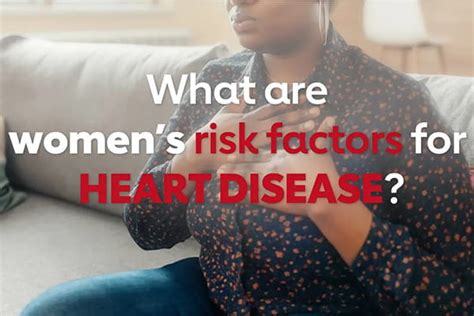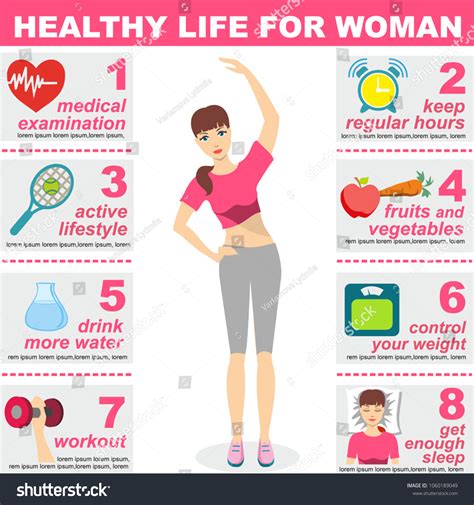Intro
Learn to recognize the subtle signs of a heart attack in women, which can differ from men. Discover the common symptoms, such as chest pain, shortness of breath, and fatigue, as well as lesser-known indicators like nausea and jaw pain. Stay informed and take control of your heart health with this life-saving guide.
Heart disease is often perceived as a man's disease, but the reality is that it is the leading cause of death among women worldwide. According to the American Heart Association, heart disease claims the lives of nearly 1 in 3 women each year, accounting for more deaths than all forms of cancer combined. Despite these alarming statistics, many women are unaware of the warning signs of a heart attack, which can be different from those experienced by men.
The lack of awareness about heart attack signs in women can be attributed to several factors. For one, women are often socialized to prioritize others' health over their own, which can lead to delayed medical attention. Additionally, women's symptoms may be dismissed or attributed to other conditions, such as anxiety or indigestion. It is essential to recognize that heart disease affects women of all ages, ethnicities, and backgrounds, and that prompt medical attention is crucial in preventing long-term damage or even death.

Understanding Heart Attack Signs in Women
Heart attacks in women can manifest differently than those in men. While men often experience the classic symptom of chest pain, women may experience a range of symptoms that are more subtle and easily mistaken for other conditions. Some common heart attack signs in women include:
-
Chest Pain or Discomfort
Chest pain or discomfort is the most common symptom of a heart attack in women, but it may not always be severe or even noticeable. Women may describe it as a feeling of pressure, tightness, or heaviness in the chest, which can radiate to the arms, back, neck, or jaw. -
Shortness of Breath
Women may experience shortness of breath or difficulty breathing, which can occur with or without chest pain. This symptom can be mistaken for asthma or chronic obstructive pulmonary disease (COPD). -
Pain or Discomfort in the Upper Body
Women may experience pain or discomfort in the upper body, including the arms, back, neck, or jaw. This pain can be mild or severe and may be mistaken for musculoskeletal pain or arthritis. -
Stomach Pain or Nausea
Women may experience stomach pain or nausea, which can be mistaken for gastroesophageal reflux disease (GERD) or other digestive issues. -
Lightheadedness or Dizziness
Women may experience lightheadedness or dizziness, which can be mistaken for a viral infection or inner ear problem. -
Fatigue
Women may experience fatigue or a general feeling of exhaustion, which can be mistaken for depression or anxiety.

Risk Factors for Heart Disease in Women
While some risk factors for heart disease are the same for men and women, there are several unique risk factors that affect women. These include:
-
Family History
Women with a family history of heart disease are more likely to develop the condition. -
Hormonal Changes
Hormonal changes during menopause can increase the risk of heart disease in women. -
Pregnancy-Related Complications
Women who experience pregnancy-related complications, such as preeclampsia or gestational diabetes, are at increased risk of heart disease. -
Autoimmune Disorders
Women with autoimmune disorders, such as rheumatoid arthritis or lupus, are at increased risk of heart disease.

Reducing the Risk of Heart Disease in Women
While some risk factors for heart disease cannot be changed, there are several lifestyle modifications that can reduce the risk of heart disease in women. These include:
-
Regular Exercise
Engaging in regular physical activity can help lower blood pressure, improve blood lipid profiles, and reduce the risk of heart disease. -
Healthy Diet
Eating a healthy diet that is rich in fruits, vegetables, and whole grains can help lower blood pressure and cholesterol levels. -
Stress Reduction
Engaging in stress-reducing activities, such as meditation or yoga, can help lower blood pressure and reduce the risk of heart disease. -
Regular Health Check-Ups
Regular health check-ups can help identify risk factors for heart disease and prevent long-term damage.

Conclusion
Heart disease is a significant health concern for women, and recognizing the warning signs is crucial in preventing long-term damage or even death. By understanding the unique risk factors and symptoms of heart disease in women, individuals can take proactive steps to reduce their risk and live a healthier lifestyle. If you or someone you know is experiencing symptoms of a heart attack, call emergency services immediately.
What are the most common symptoms of a heart attack in women?
+The most common symptoms of a heart attack in women include chest pain or discomfort, shortness of breath, pain or discomfort in the upper body, stomach pain or nausea, lightheadedness or dizziness, and fatigue.
What are some unique risk factors for heart disease in women?
+Some unique risk factors for heart disease in women include family history, hormonal changes during menopause, pregnancy-related complications, and autoimmune disorders.
How can women reduce their risk of heart disease?
+Women can reduce their risk of heart disease by engaging in regular exercise, eating a healthy diet, reducing stress, and getting regular health check-ups.
